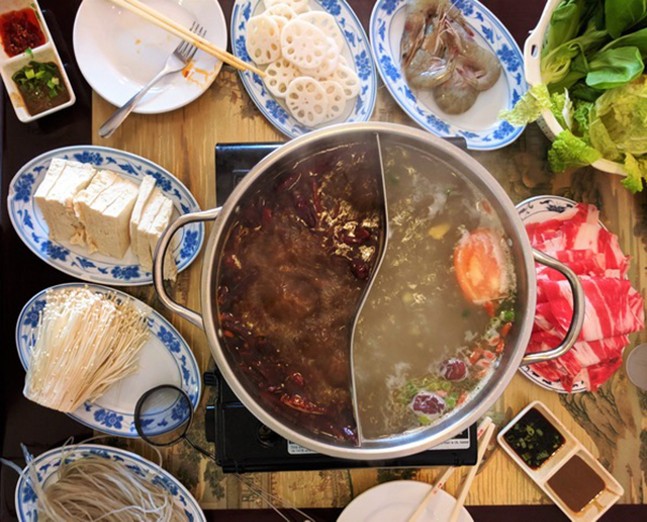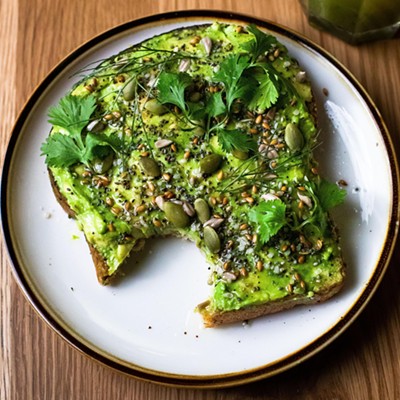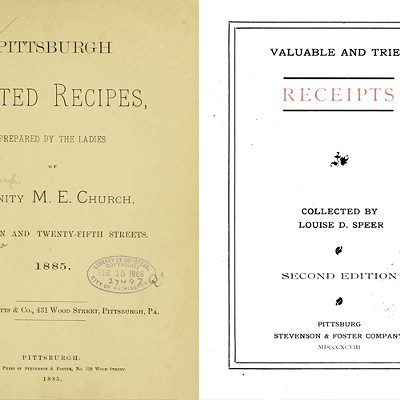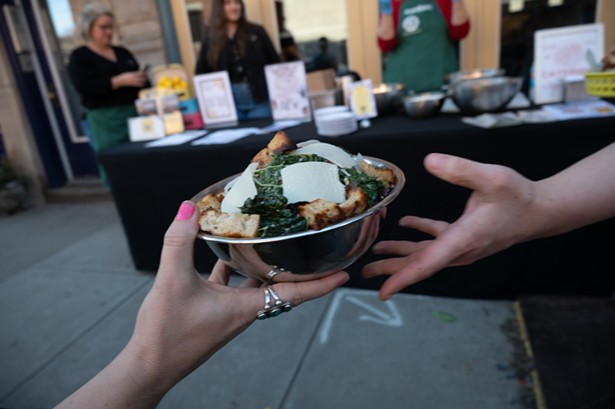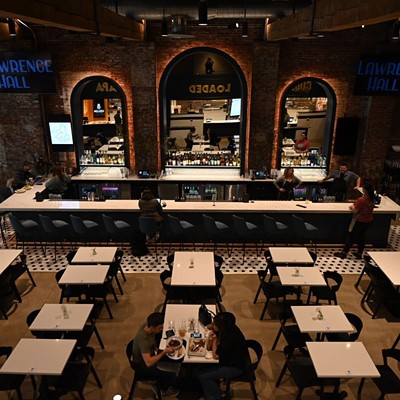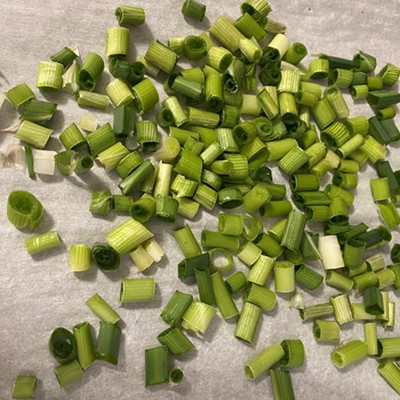The origin of the hot pot dates back a thousand years to some very hungry Mongolian horsemen. These Mongol riders, en route to China and on the brink of invasion, turned their shields into grills and their helmets into soup pots. Boiling broth over the fire, they cooked pieces of meat one-by-one, staving off chills and hunger and, as legends say, giving China its first taste of hot pot.
Though Mongolian rule of China fell around 1260, the hot pot stuck. It spread through the country and continent, appearing in different forms, and is now a time-honored tradition across Asia.
Chinese iterations of hot pot vary considerably by province. Sichuan hot pot, perhaps one of the most well-known versions, is mouth-numbingly spicy, where its Cantonese counterpart is seafood-focused and mild. The Hunan province, on the other hand, is famous for a two-sided pot that gives the best of both worlds.
This divided pot is a mainstay at Hunan Bar, a small Oakland restaurant on Atwood St. On the weekends, there’s a hot pot buffet and during the week a fixed menu (around $54 for two people), with a set of ingredients to start: prosciutto thin lamb and beef, Spam, prawns, tofu, bok choy and cabbage, rice noodles, and bean sprouts. Add-ons, like lotus root, fresh mushrooms, and eggs, are available a la carte.
The concept is comparable to fondue, but with no cheese and more flavor. One pot on a hot plate or single-burner stove sits in the middle of a table, surrounded by diners armed with chopsticks, sauce bowls, and in some cases, rice. To eat, dip or drop an ingredient from the endless plates of meat, noodles, or vegetables, into the pot and wait. The broth does its job quickly, cooking and infusing flavor.
Location Details
As a hot pot first-timer, I made sure to do my research first, and found countless articles listing dos and don’ts. Do: drink lots of cold beer to balance out the heat, load up on vegetables, and try everything. Don’t: double dip (though I quickly threw this advice to the wind), burn the noodles, or steal food from tablemates. After a few etiquette tips — don’t be “that guy” who dumps everything in the broth at once — I was ready to go.
The pot came first, raised on a portable gas burner and divided in half — one side angry with red chilies, the other almost clear. My server then directed me to a mix-and-match sauce station featuring fresh green onions, parsley, masking-tape labeled bottles of soy sauce and vinegar, and three mystery sauces.
Initially, my technique was bumpy, but after the first few splashes and almost-burnt bean sprouts, I relaxed. It was a completely new way to eat — less about food, more about community.
Hot pot, by nature, evokes conversation and connection whether it’s because you’re yelling about how spicy the broth is or questioning the flavor of Spam. It’s an experience and celebration, one that’s worth seeking out in one of the few Pittsburgh restaurants that keep this centuries-old tradition alive.
Favorite Features
1. Spice
Sichuan peppers bring serious heat. Thankfully, my dining companion has a high tolerance, because a two-second dip in the spicy broth brought tears to my eyes. And the peppers really do make your mouth go numb
2. Golden Rule
A writer for Serious Eats brings up the golden rule: “You don’t hot pot with people you don’t like.” Not only are you eating at a big, communal table, you’re also cooking in one pot. It’s not the best environment to interact with mortal enemies.
3. Cook & leave
Leftovers? Don’t worry. Hunan Bar lets you take the remains of the hot pot ingredients — as long as they're cooked — home.

